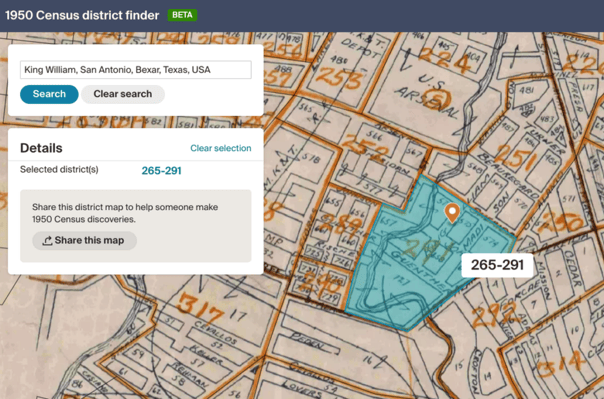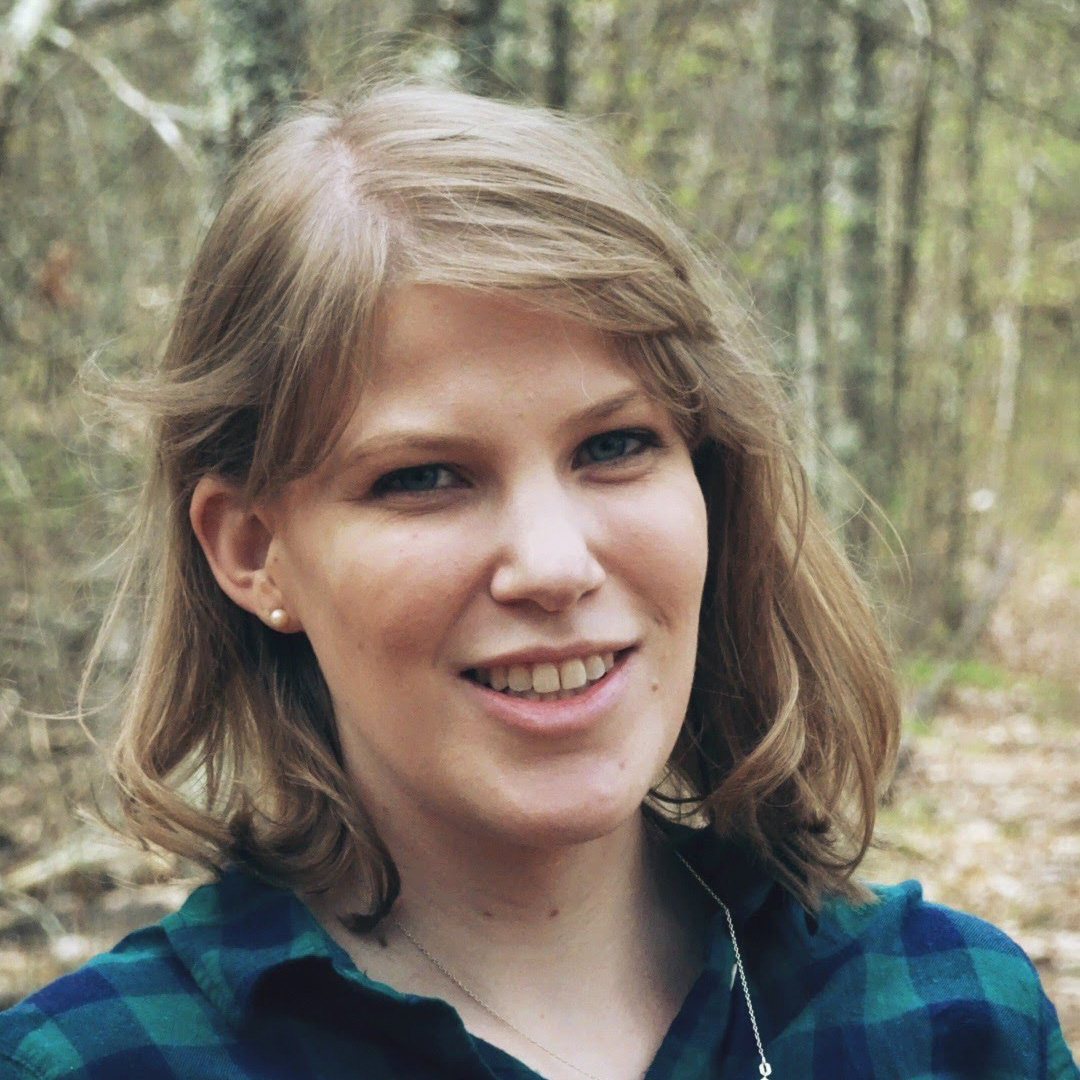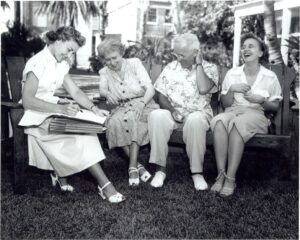The 1950 Census was released right on time, exactly 72 years after 142,000 enumerators set out to record the booming post-war population of the United States. Today, in 2022, we will be able to search for the names of our family members among more than 150 million other Americans.
At midnight on April 1, the National Archives and Records Administration (NARA) made available the 6.4 million digitized pages of the 1950 Census. The pages were scanned with a unique optical character recognition (OCR) software designed to translate the handwritten names into text that can be searched online. The initial result of this process is less than perfect, but that was anticipated. It will take a full crowdsourcing effort to transcribe and index all of the census data. NARA has kickstarted this process by providing an easy tool for researchers to submit their own transcription additions and corrections.
Others have also already begun their own ventures indexing the new census data. Ancestry.com is rescanning the pages with their own OCR and machine learning software to recognize not only names but also many other datapoints like age, gender, and occupation. Family Search will also be assembling a team of volunteers to go over the results of the computer indexing, a process that will take time to complete.
Searching on the NARA site is best done when you start by narrowing down your investigation to the county/city level...
While we wait for it to become easier to search, there are a couple of tips and tricks you can use to find who you’re looking for in the 1950 Census.
Searching on the NARA site is best done when you start by narrowing down your investigation to the county/city level, so a little research up front to pinpoint a location may be necessary to find who you’re looking for.
Next, searching by both first and last name can be tricky, so try starting your search with entering just one. Begin by focusing on finding the head of household, whose name is the only one that the OCR software will have indexed by surname.
 Still struggling to find who you’re looking for? You may need to narrow down your location even further by Enumeration District (ED). An ED is the area that was covered by one census taker and could be as small as a couple of blocks or a large as a small town; it will help you limit the number of census pages you will need to search manually for your ancestor.
Still struggling to find who you’re looking for? You may need to narrow down your location even further by Enumeration District (ED). An ED is the area that was covered by one census taker and could be as small as a couple of blocks or a large as a small town; it will help you limit the number of census pages you will need to search manually for your ancestor.
You can access both scans of original ED Maps and descriptions on the 1950 Census NARA site. These maps may only give you a range of districts in an area, so if you know an exact address the descriptions of the street boundaries for each district will help you determine which ED to inspect more closely. Ancestry.com offers an easy-to-use alternative with its 1950 Census District Finder, which layers the ED maps drawn in 1950 over modern-day maps so that you can pinpoint the ED district by searching the database by address. Once you know your ED, you can enter it into the NARA site and browse the pages one by one. Instead of browsing by name, look by street name to speed up your search.
 With the census’ release I wanted to see if I could find the entry for iconic music legend Dolly Parton. Knowing she had very humble beginnings in the backwoods of East Tennessee, I was curious about how that would affect locating her family on the 1950 Census. I started by doing a little research, learning that she was born at Pittman Center in Sevier County, Tennessee, which in 1950 had a population of only 23,300. A simple search for Partons in Sevier County on the NARA site yielded too many results of other Parton families (likely Dolly’s relatives) as well as many mistranscribed entries. Looking instead for her father Robert also gave me a slew of poor results. Reading more about Dolly I learned that her father went by his middle name Lee which helped me ultimately find her living with her parents and five of what would eventually be eleven siblings, with her grandparents living next door. Looking closer at the OCR index I noticed that Dolly’s name was missed by the program entirely, so I quickly entered a transcription correction.
With the census’ release I wanted to see if I could find the entry for iconic music legend Dolly Parton. Knowing she had very humble beginnings in the backwoods of East Tennessee, I was curious about how that would affect locating her family on the 1950 Census. I started by doing a little research, learning that she was born at Pittman Center in Sevier County, Tennessee, which in 1950 had a population of only 23,300. A simple search for Partons in Sevier County on the NARA site yielded too many results of other Parton families (likely Dolly’s relatives) as well as many mistranscribed entries. Looking instead for her father Robert also gave me a slew of poor results. Reading more about Dolly I learned that her father went by his middle name Lee which helped me ultimately find her living with her parents and five of what would eventually be eleven siblings, with her grandparents living next door. Looking closer at the OCR index I noticed that Dolly’s name was missed by the program entirely, so I quickly entered a transcription correction.
Until fully indexed, searching the 1950 Census will take a little more effort, but it is exciting to have the opportunity to learn more about a whole new generation of ancestors. Check out the American Ancestors Facebook for stories about other famous Americans in the 1950 Census!
Share this:

About Danielle Cournoyer
Prior to NEHGS, Danielle worked as an Interpretation and Programming Fellow for The Church of the Presidents, where she led guided tours of the historic church and the Adams crypt. Additionally, Danielle has worked as an Historic District Research Aid for the Arlington Historical Commission. She graduated from the University of Massachusetts-Boston with a Master of Arts degree in History in May 2016. Her interests include urban development and history, focusing on Boston and New York.View all posts by Danielle Cournoyer →
